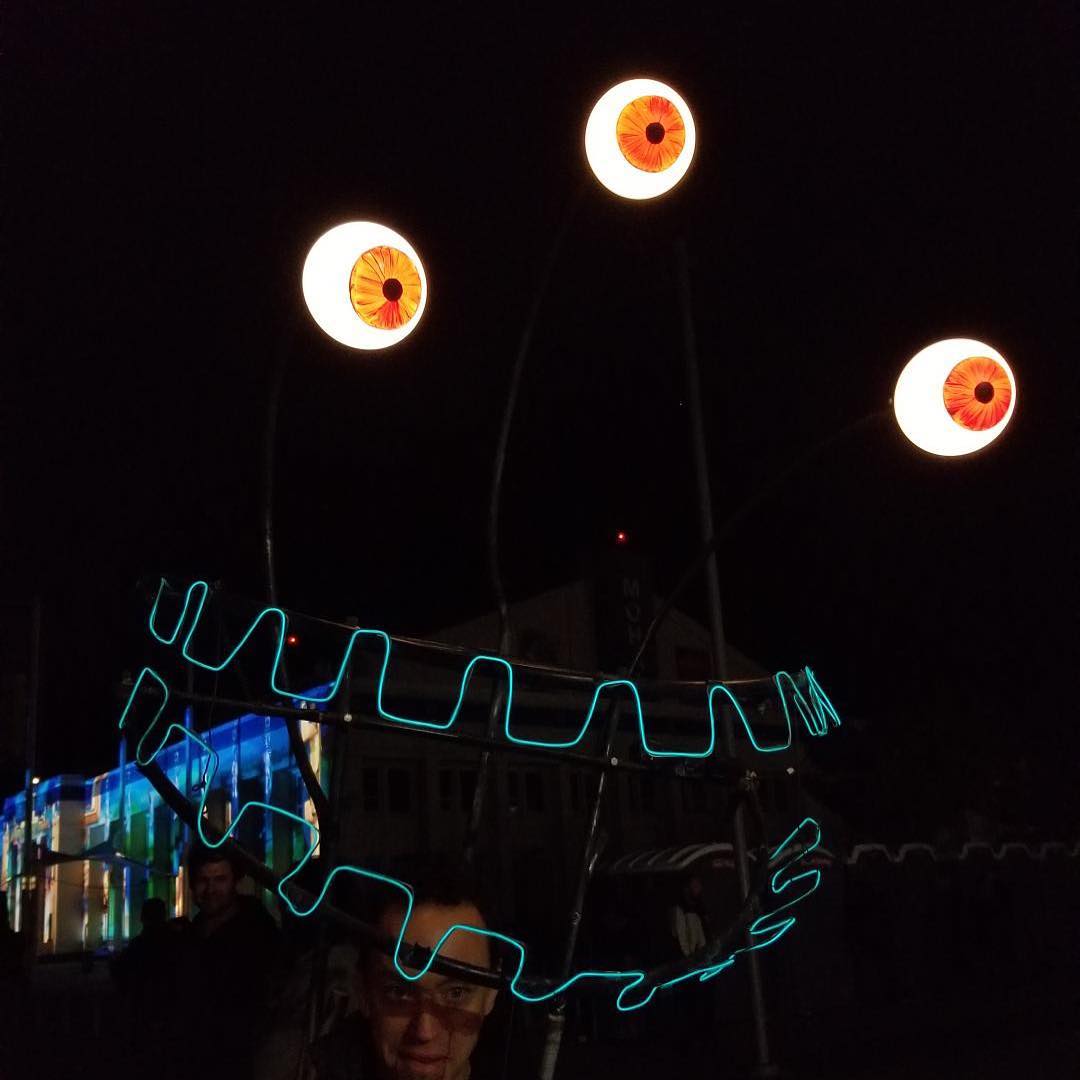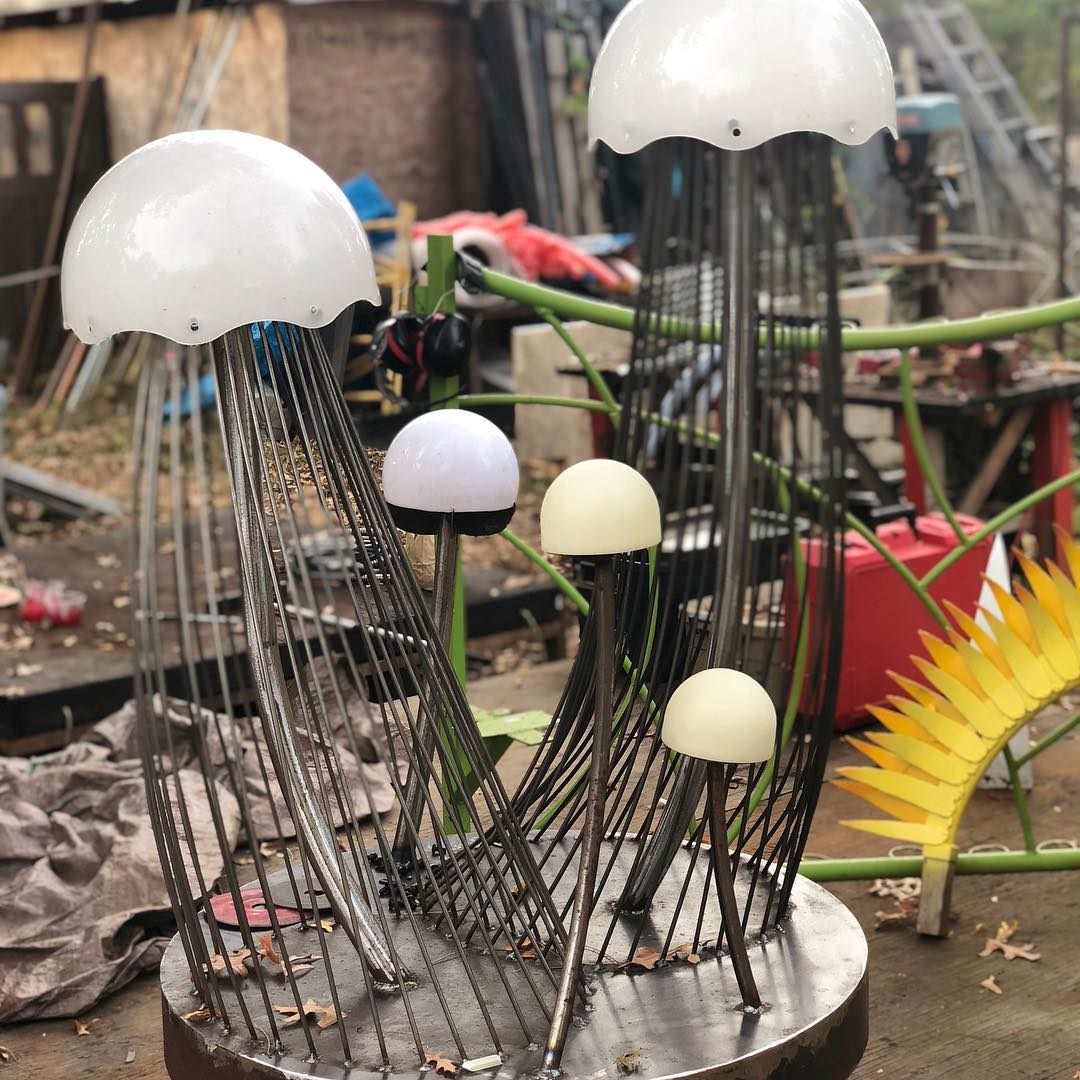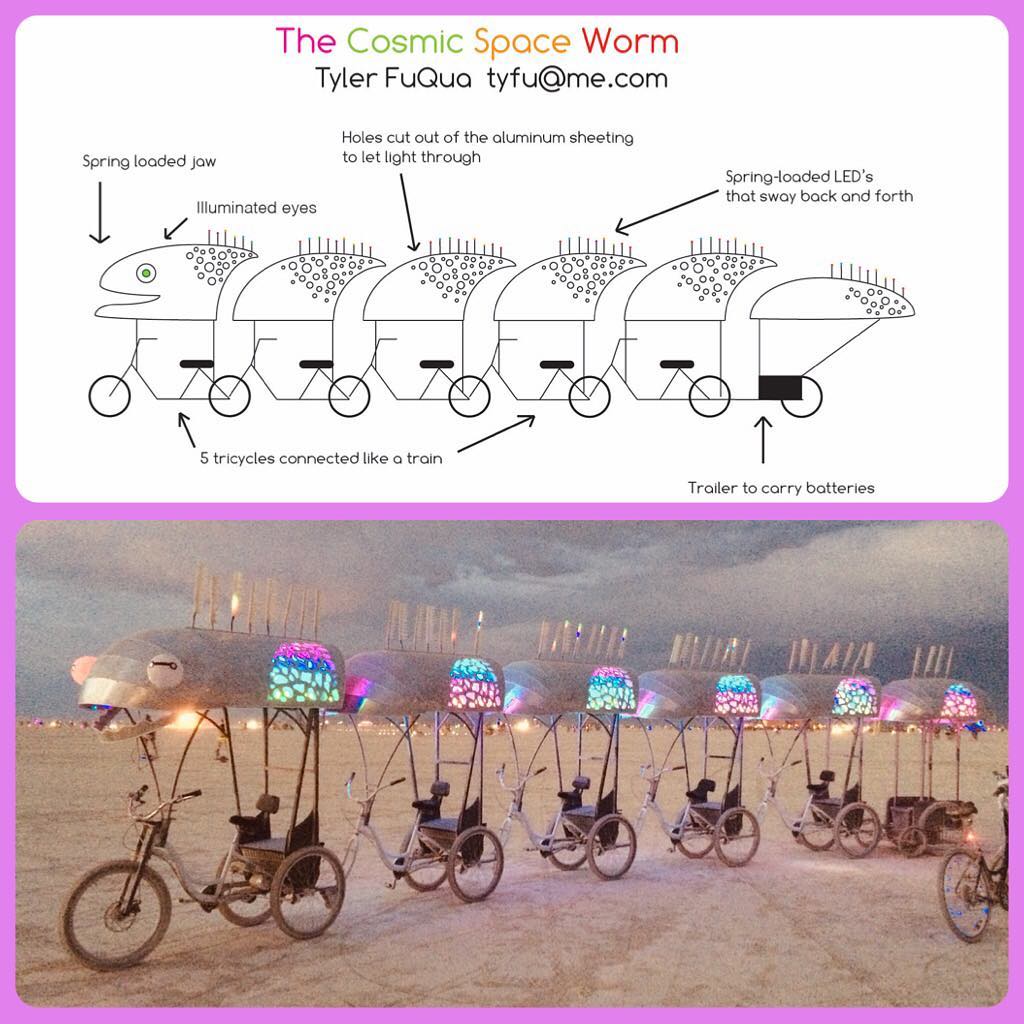For more on GIA’s disability justice focused online learning, check out our recent webinar
Disability Justice in Arts and Culture Funding and join us at our upcoming webinar Disability Justice for Individual Artists: Cap, SNAP, Solution on May 31 at 11am PDT / 2pm EDT.
GIA is advocating for policies that increase the amount of assets that people with disabilities can hold while remaining eligible for public benefits because disabled artists – indeed, all workers – deserve to get paid for their work and to build savings, even when circumstances – like a disability – prevent them from working a conventional fixed role or schedule. GIA is advocating for disability justice for artists and for all as part of our valuing of intersectionality.
In our Disability Justice in Arts and Culture Funding webinar, the speakers advocated for increased support to artists with disabilities. During this event, I received an email from a colleague who told me of the challenges they faced while trying to support artists with disabilities without disqualifying them from receiving Supplemental Security Income (SSI) benefits.
The SSI program is meant to reduce extreme poverty among the elderly and people with disabilities. Asset limits are part of the SSI program design: to qualify for SSI, your countable resources must not be worth more than $2,000 for an individual or $3,000 for a couple. These limits have not been raised or even adjusted for inflation since 1989. People are on SSI because they cannot otherwise “work” – but, by holding them to 1989 levels, we are preventing them from being paid for their creative offerings to society, something to which every artist should have access.
Understanding how these policies and systems are working, GIA recommends the raising of limits or “caps” (and indexing these caps to inflation) on the amount of income that people with disabilities and other low-income Americans may secure before being deemed ineligible for public supports such as SSI and other programs. These changes would allow GIA’s members to lend grant support to these artists without endangering the public support they require to survive; and most importantly, these changes would allow them to share their perspectives and vision, enrich the cultural fabric of our nation, and no longer deny proper compensation for their work. If an artist who is receiving SSI is turning down opportunities, they are losing out financially while society is losing out on access to the artist’s thinking, creativity, and talent.
These outdated caps are harmful for people with disabilities – including disabled artists – who seek opportunities to be fairly compensated for their art or receive grant support to enable them to create – perpetuating cycles of poverty. U.S. families’ median net worth is $121,700. The median net worth among households with adult members with a disability is $43,390. Households with adult members with a disability are almost 1.5 times more likely to be liquid asset poor.
These asset caps also have intersectional impacts. People with disabilities are generally low-income, a social outcome exacerbated by the intersection with race. The official U.S. poverty rate in 2020 was 11.4%. The poverty rate for non-Hispanic White disabled people is 24%. Nearly 30% of disabled Latinx people early 40% of disabled Black people live on income below the poverty line. As of March 2022, 3.6% of Americans are considered unemployed, while 65% of people with disabilities are unemployed. 75% of Black people with disabilities are unemployed. This overlap between the economic precarity of disabled people and BIPOC communities requires that we advocate for changes to public policies that allow grantmakers to support artists with disabilities and low-income artists. Thus, allowing them to be fairly compensated in ways that work for them without endangering their access to support such as healthcare.
Fortunately, policymakers have begun to address these shortcomings. In May 2021, U.S. Senators Chris Coons (D-DE.) and Sherrod Brown (D-OH) introduced the Allowing Steady Savings by Eliminating Tests (ASSET) Act, which raises the asset limitation for SSI and indexes it to inflation. The act also eliminates asset limitations that restrict eligibility for three other public assistance programs: The Temporary Assistance for Needy Families (TANF) program, the Supplemental Nutrition Assistance Program (SNAP), and the Low-Income Home Energy Assistance Program (LIHEAP). U.S. Representatives Jimmy Gomez (D-CA.) and Kim Schrier, M.D. (D-WA.) introduced companion legislation in the House.
The setting of higher asset thresholds and indexing them to inflation as envisioned by the ASSET Act is an essential element of better support for artists with disabilities and other artists that receive public support. This bill provides one component of a solution to this problem, and GIA is advocating for and encouraging this as part of a larger public policy agenda – as part of our embrace of artists, workers, and intersectionality. We will also be working with our peers and policymakers to advance other solutions that enable full participation by artists with disabilities in our economy.
GIA invites all non-profit members to advocate for this bill and others like it. We invite our foundation members to support applicants’ advocacy to facilitate earnings and protecting the assets of all our nation’s artists and other workers. We have more than just grants at our disposal. We can – all of us – use all our tools to help break the cycles of poverty that inhibit the full and free expression of all our nation’s artists and ensure artists with disabilities have access to fuller economic opportunities.





